Cairo preserves an architectural heritage spanning over fifteen centuries. This collection includes religious buildings, traditional houses, and utilitarian structures that reflect the Fatimid, Mamluk, and Ottoman periods. Mosques such as Sultan Hassan with its 68-meter minaret stand alongside ancient homes with mashrabiya windows, while the 9th-century Nilometer highlights the river's importance in Egyptian society. The route passes through various historic districts, from El Khalifa with its medieval monuments to Ottoman houses from the 16th and 17th centuries like Bayt Al-Suhaymi or those housing the Gayer-Anderson Museum. Aqsunqur Mosque stands out with its Iznik tiles showcasing floral motifs, a legacy of Ottoman influence. The City of the Dead, a cemetery stretching four kilometers, illustrates the continuity between burial sites and inhabited areas. Green spaces like Al-Azhar Park offer views of a dense city where traditions blend with everyday life.
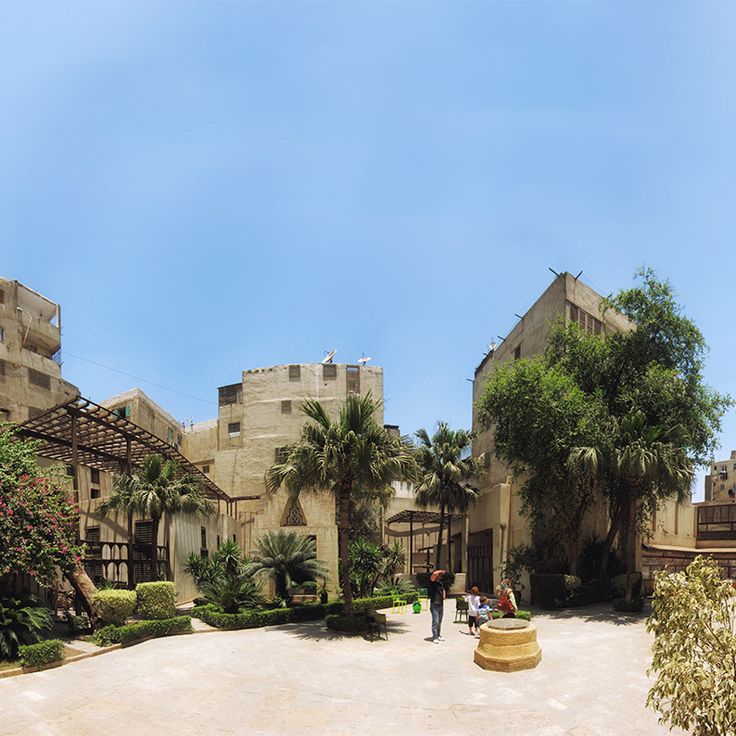
Cairo, Egypt
Bayt Al-Suhaymi is a 17th-century residence that features Ottoman architectural elements. The house includes carved wooden mashrabiya windows, two interior courtyards with fountains, and several reception rooms. The spaces are decorated with painted wooden ceilings, ceramic tiles, and Islamic geometric patterns. The building was inhabited by the Al-Suhaymi family and illustrates the organization of a wealthy urban residence from the Ottoman period, with separate areas for men and women.
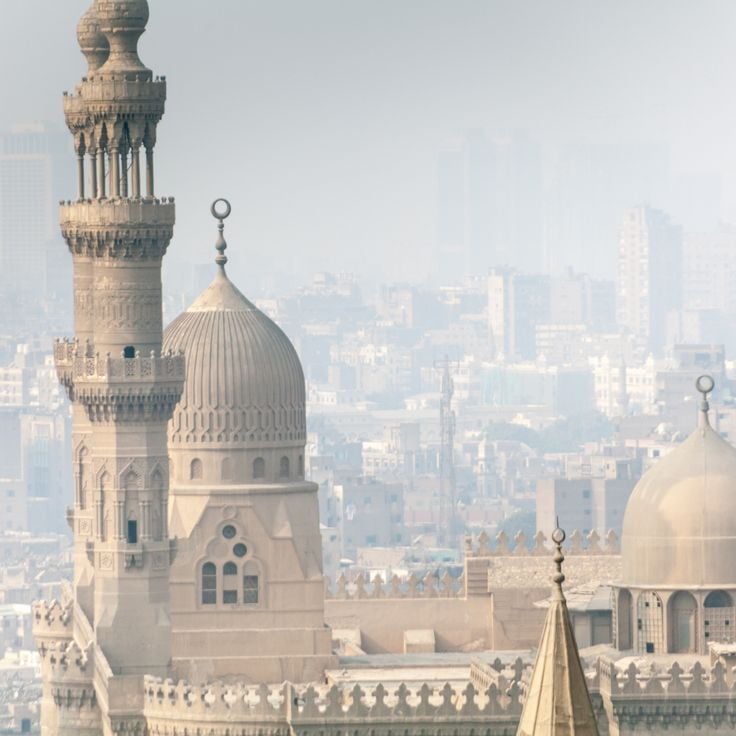
Cairo, Egypt
This district contains numerous mosques and mausoleums from the Fatimid and Mamluk periods between the 10th and 15th centuries.
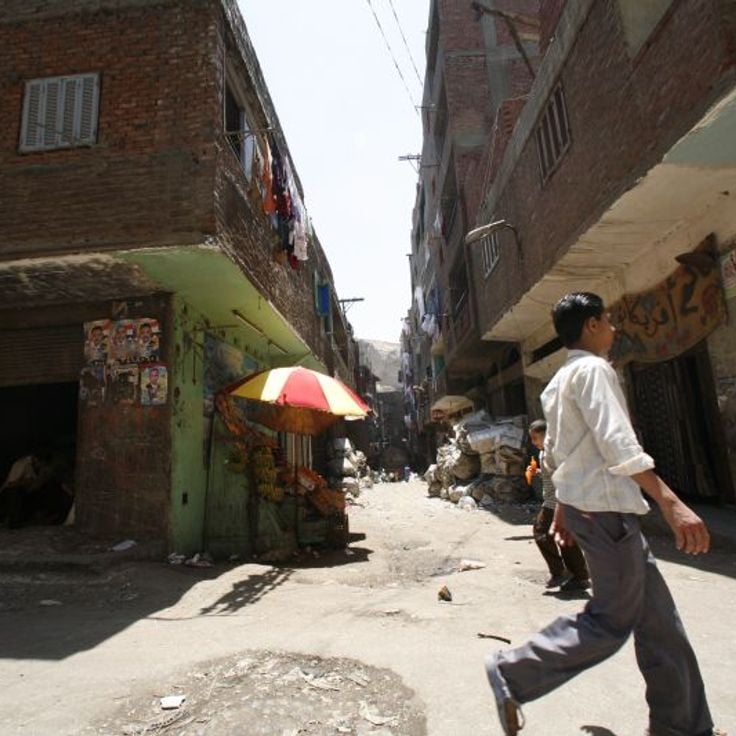
Cairo, Egypt
The Zabbaleen community collects and processes several thousand tons of Cairo's waste daily with an 80% recycling rate.
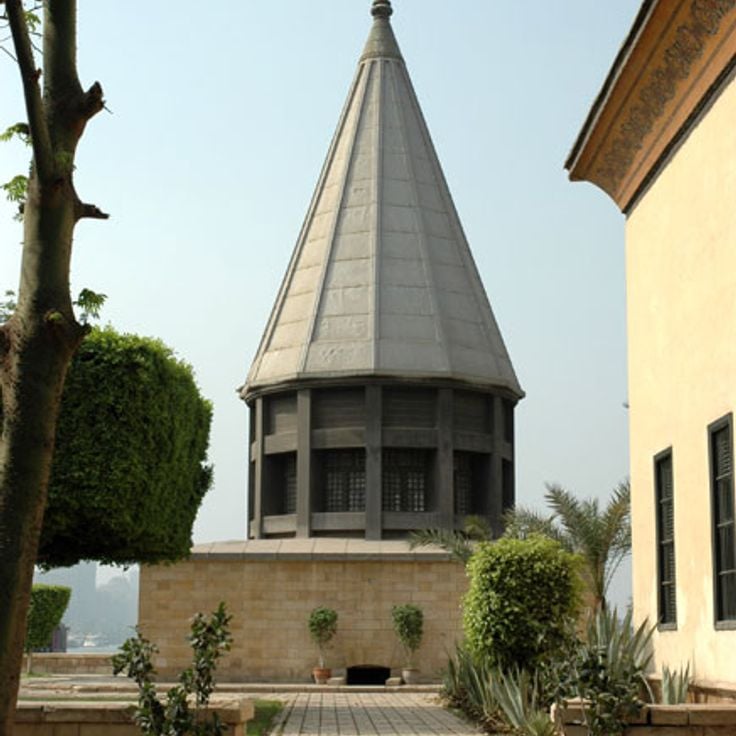
Cairo, Egypt
This 9th-century stone structure used a central column with markings to measure the annual flood levels of the Nile.
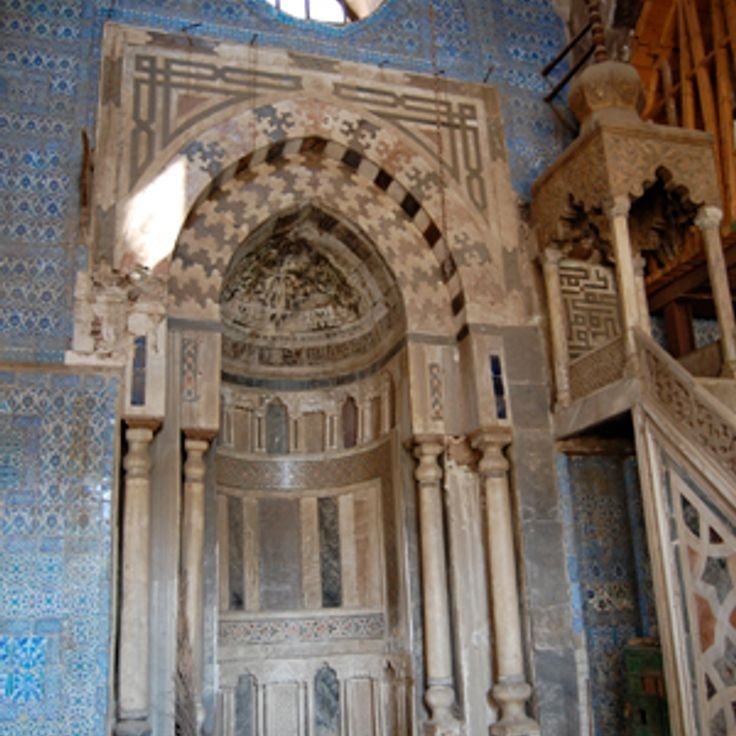
Cairo, Egypt
This 14th-century Mamluk mosque features interior Iznik tiles with blue and green floral patterns. Built in 1347 by Emir Aqsunqur, the mosque is also known as the Blue Mosque of Cairo. The Damascus ceramic tiles, added in the 17th century by Ibrahim Agha, decorate the walls of the prayer hall. The original minaret preserves its Mamluk decoration with carved stone friezes.
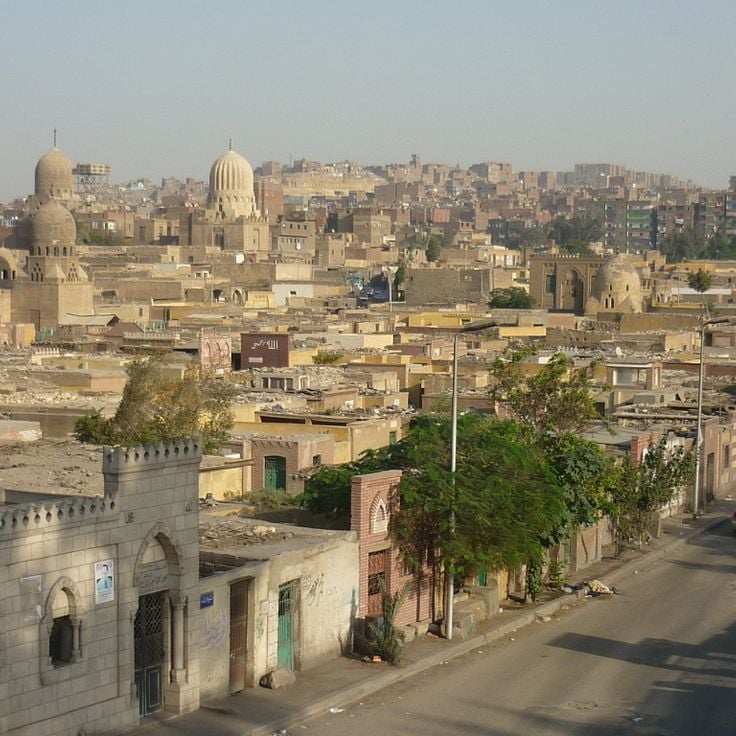
Cairo, Egypt
This historical necropolis extends over four kilometres and contains mausoleums, tombs and houses inhabited by local residents.
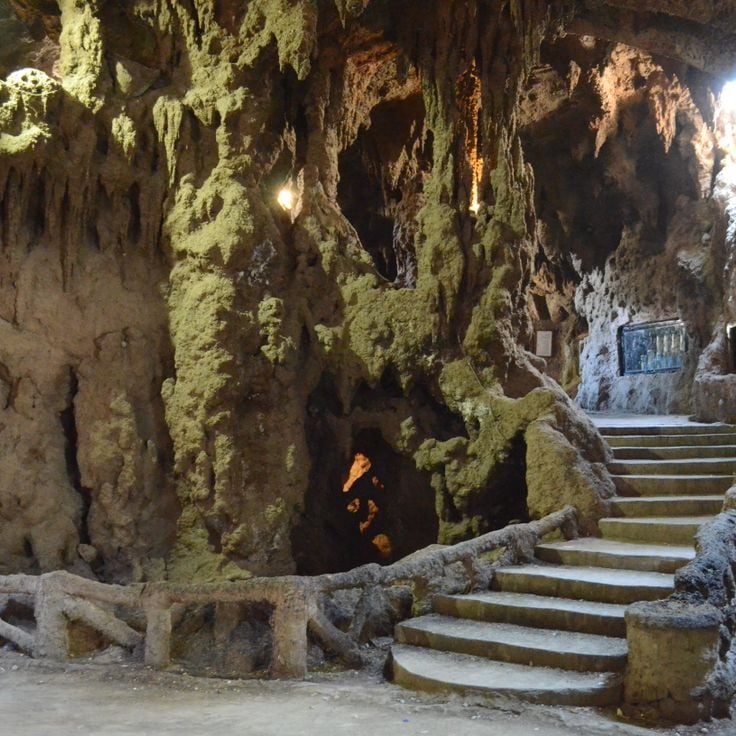
Cairo, Egypt
The Grotto Aquarium Garden contains artificial grottoes built in the 19th century, pools housing different fish species, and Mediterranean plants. This historical garden combines architectural elements carved into rock with aquatic and botanical spaces, creating an ensemble where artificial geology and living collections meet.

Cairo, Egypt
Parc Al-Azhar covers 30 hectares and offers viewpoints over the city, gardens designed in Islamic style, and restaurants serving regional cuisine. The park was built on a former landfill site and combines green spaces with historical views of Cairo's old city.
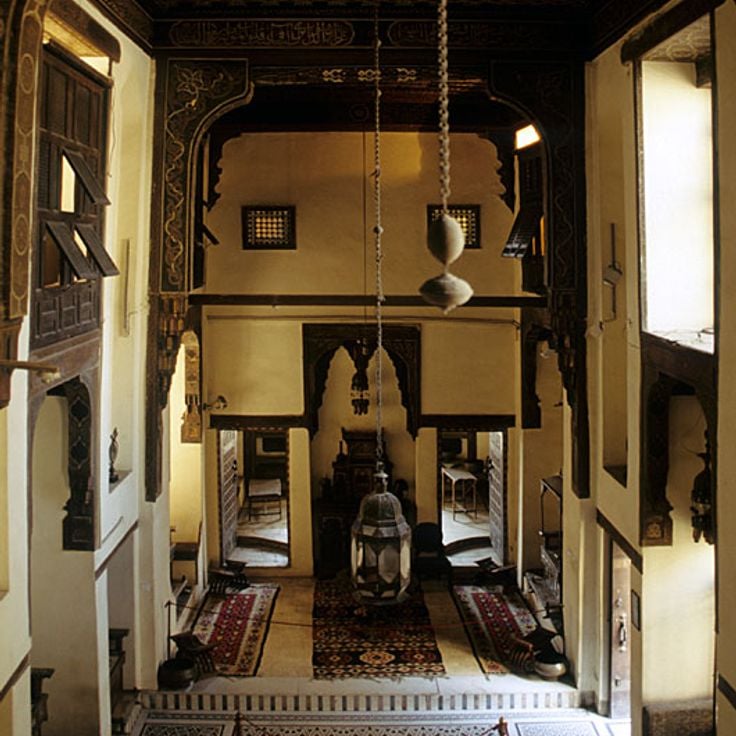
Cairo, Egypt
The museum occupies two connected 16th-century Ottoman houses and presents a collection of historical furniture and Islamic art. The two residences were restored by British officer Robert Grenville Gayer-Anderson, who lived there between 1935 and 1942. The rooms preserve their original decoration with carved wooden ceilings, mashrabiyya screens, and fountains in the courtyards. The displayed objects include Persian carpets, Chinese porcelain, Ottoman textiles, and Egyptian antiquities from various periods.

Cairo, Egypt
This 14th-century mosque and madrasa displays monumental Mamluk architecture with a 68-meter-high minaret.
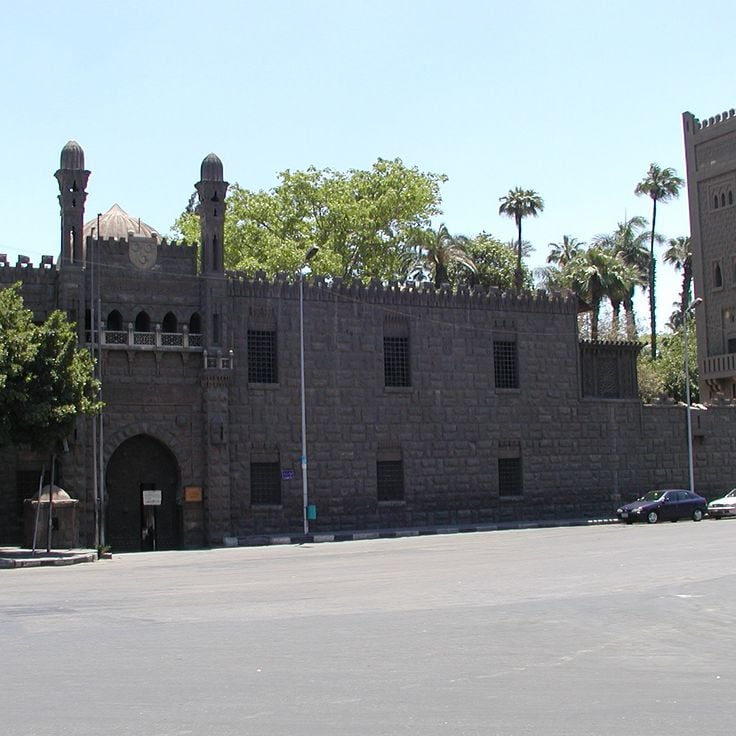
Cairo, Egypt
The palace, completed in 1929, combines Ottoman, Persian and European architectural elements with decorated interiors. The building was constructed by Prince Mohammed Ali Tewfik as a residence and demonstrates the connection between different Islamic styles and Western influences. The rooms feature handcrafted tiles, carved wood and artworks.
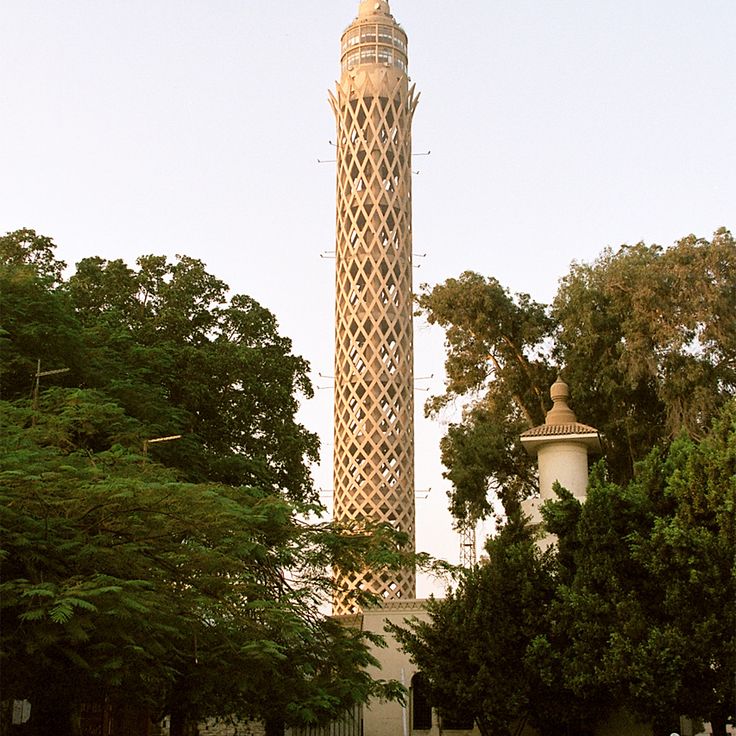
Cairo, Egypt
The Cairo Tower is a 187-meter concrete structure built in 1961. This tower features an observation platform that provides views over the Egyptian capital. On the upper level, visitors find a revolving restaurant where they can dine while observing the cityscape.

Old City, Cairo, Egypt
This fortified gate from the 11th century marks the southern entrance to the old Fatimid Cairo. Bab Zuweila consists of a vaulted passage flanked by two massive towers. In the 15th century, the Mosque of Sultan al-Mu'ayyad was built against its walls, and two minarets were added on top of the towers. The original wooden doors with their metal reinforcements remain in place. From the upper platform, reached by a narrow staircase, one can observe the rooftops of the old city and the domes of the adjacent mosque.
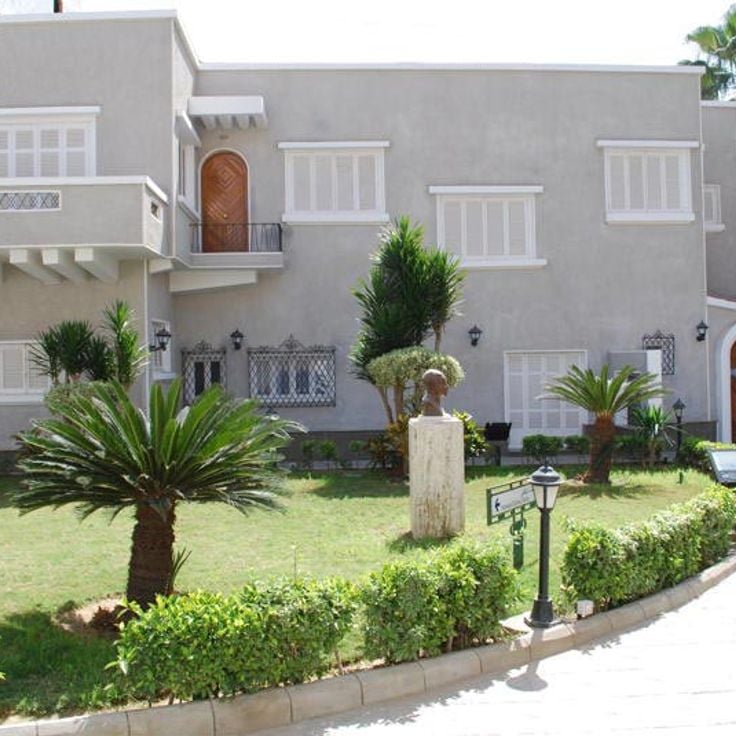
Ramses, Cairo, Egypt
The Musée Taha Hussein displays personal belongings, manuscripts and the working library of the blind scholar who modernized twentieth-century Arabic literature. The collection documents his life as a writer, Minister of Culture and professor at Cairo University. The museum occupies his former residence and preserves his academic works along with correspondence with contemporary intellectuals.
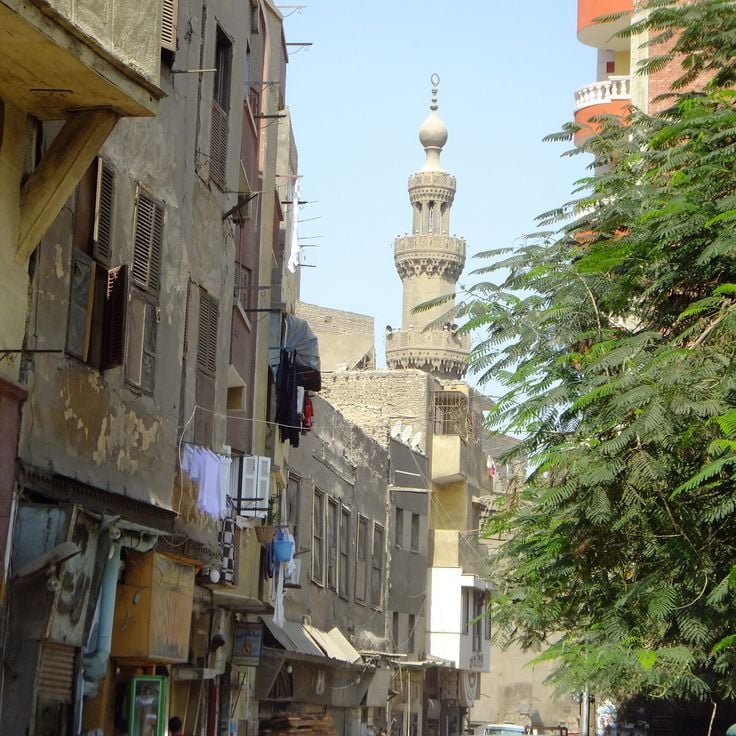
Historic Cairo, Egypt
The Al-Darb al-Ahmar district retains its medieval layout with narrow alleys and traditional craft workshops. Carpenters, glassmakers and metalworkers continue their trade in workshops located among Islamic monuments dating from the 11th century. Residential architecture displays elements from the Mamluk and Ottoman periods.
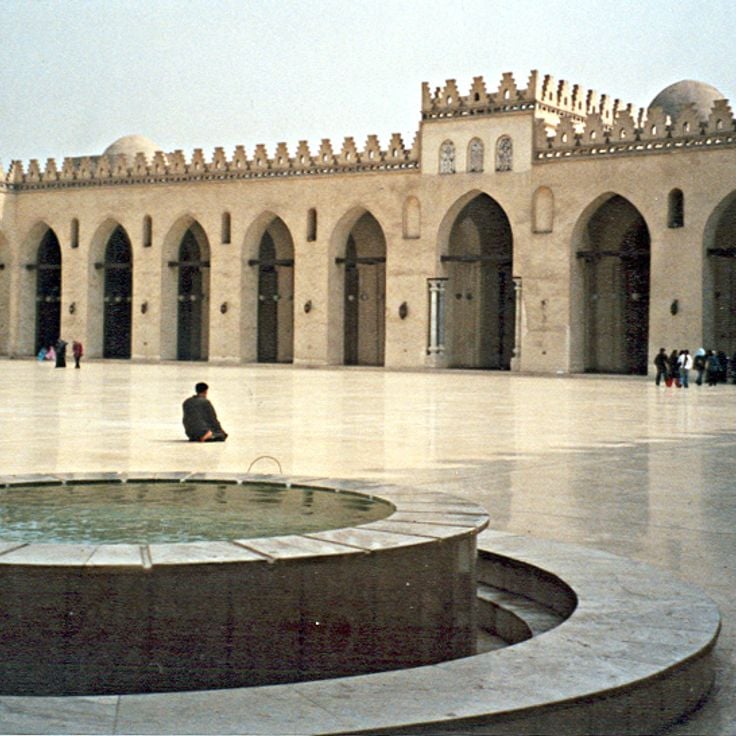
Muizz Street, Cairo, Egypt
This mosque from 990 displays typical Fatimid architectural elements with angular minarets and a courtyard. The 20th-century restoration added new decorative elements.
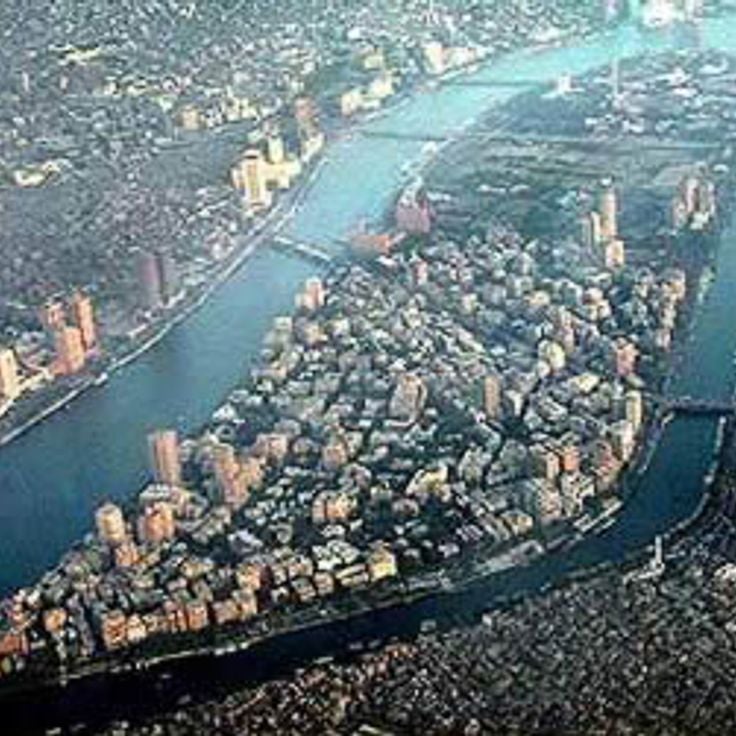
Cairo, Egypt
Zamalek occupies Gezira Island on the Nile and hosts numerous embassies, public parks and art galleries. The district features international restaurants, cafés and cultural institutions such as the Cairo Opera House and the Gezira Sporting Club. The architecture displays buildings from the colonial era alongside modern residential structures.
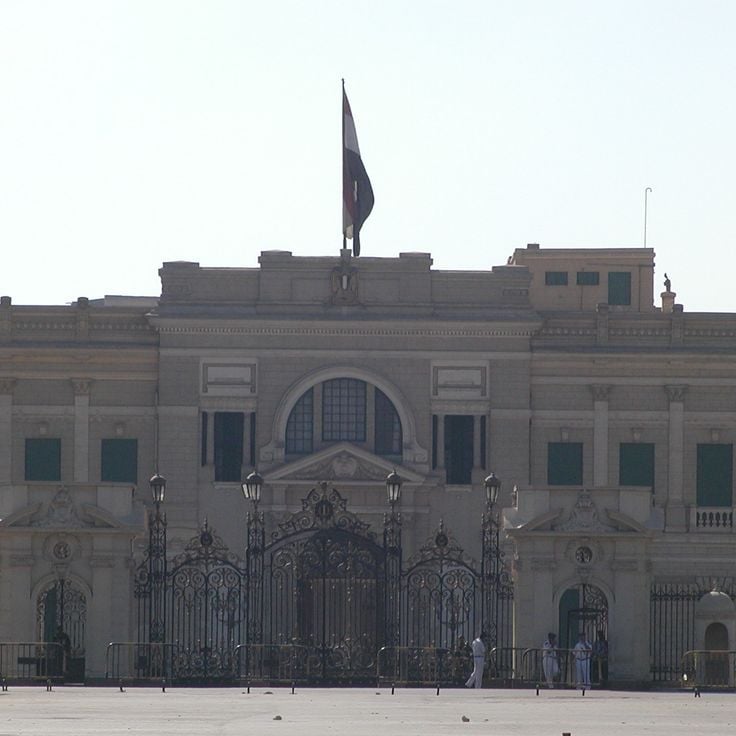
Cairo, Egypt
Abdeen Palace was constructed in 1863 and houses museums displaying royal furniture, silverware, weapons and historical documents from the monarchical period. The building served as the official seat of government for Egyptian rulers and documents the political history of the country during the 19th and 20th centuries.
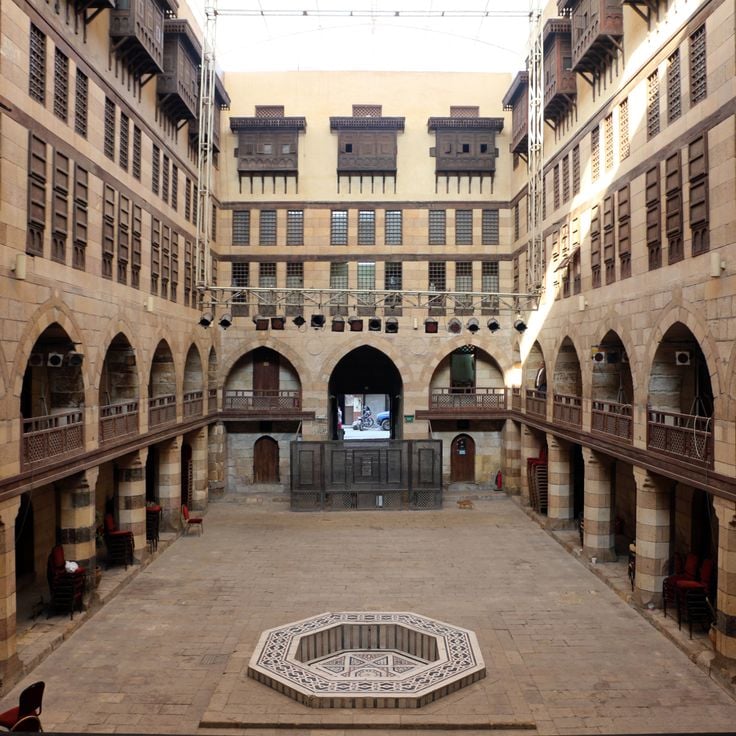
Cairo, Egypt
Wekalet El Ghoury is a restored 16th-century Ottoman trading house that hosts regular performances of traditional Egyptian music and Sufi dance.
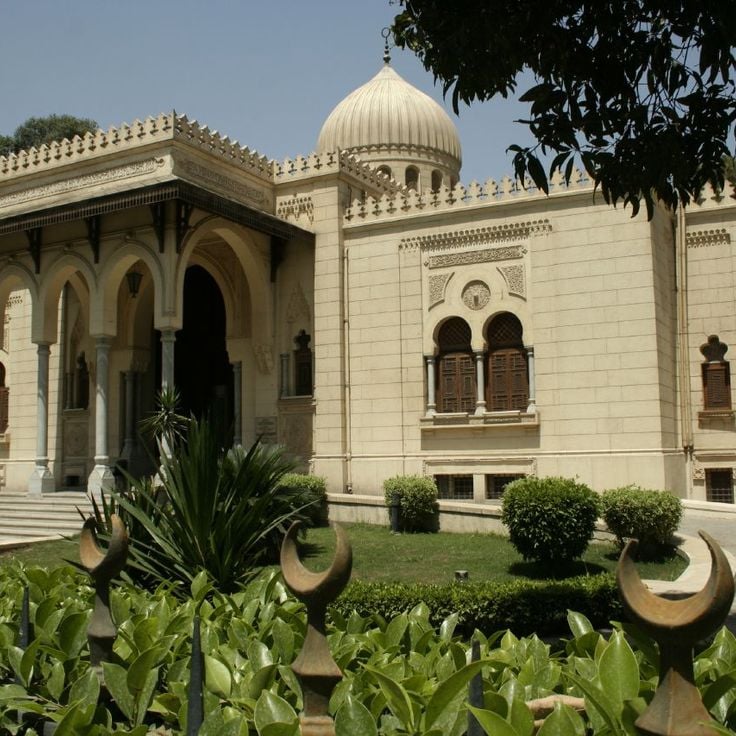
Cairo, Egypt
The museum in Prince Amr Ibrahim's palace displays Islamic ceramic works from the 8th to the 19th century from Egypt, Syria and Turkey.
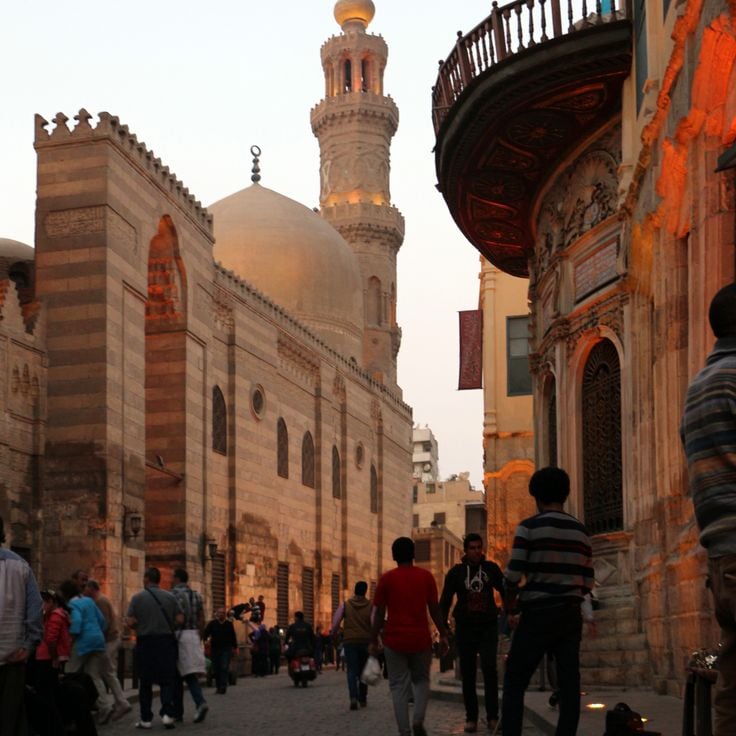
Cairo, Egypt
This commercial street features medieval Islamic architecture with mosques, mausoleums and trade houses from different periods.
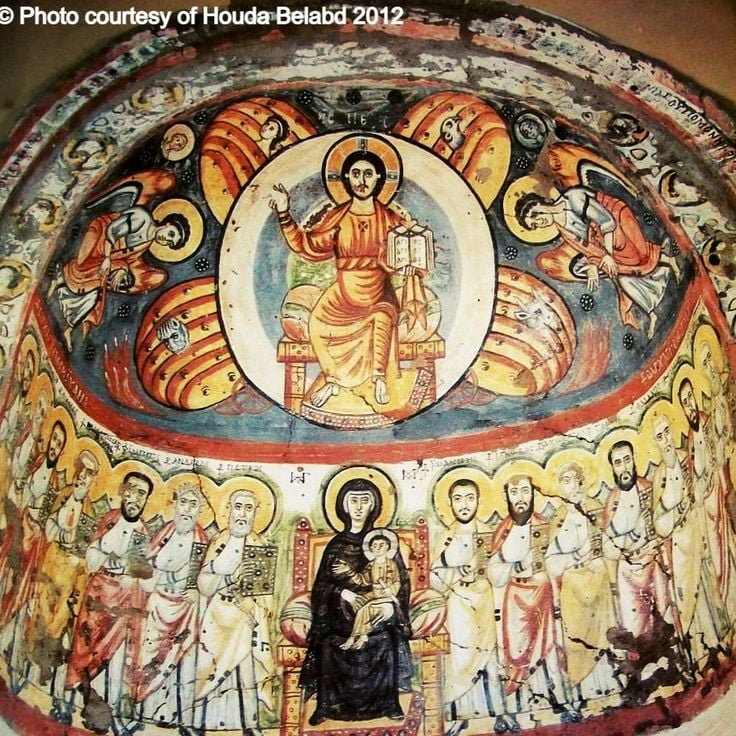
Cairo, Egypt
The Coptic Museum displays illuminated manuscripts, religious icons, liturgical textiles and stone sculptures that document fifteen centuries of Egyptian Christianity. The chronologically organized halls trace the evolution of Coptic art from the late Roman period to the Islamic era, with pieces from monasteries and churches of Old Cairo.
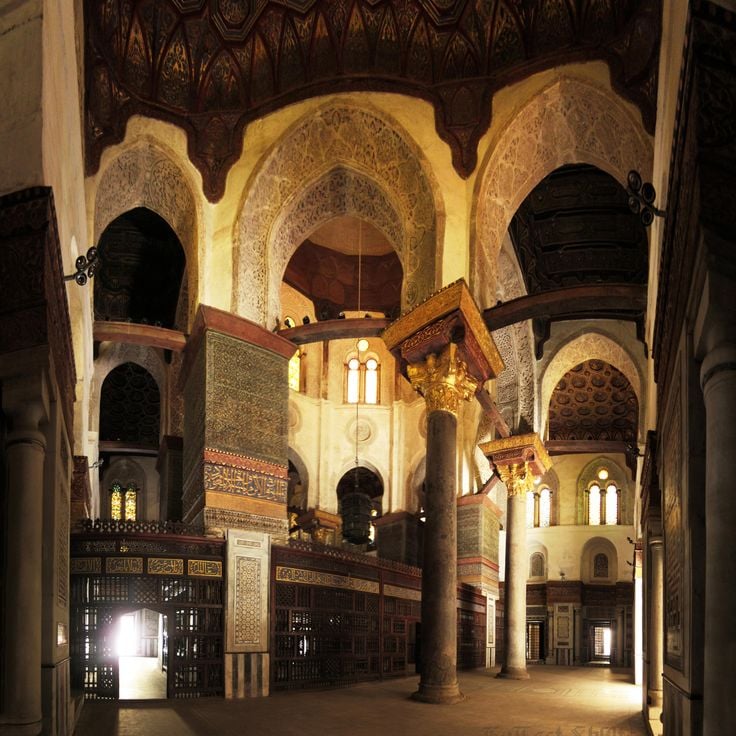
Cairo, Egypt
The Qalawun Complex was built in the 13th century under the Mamluk sultan al-Mansur Qalawun and combines a mosque, a madrasa and a mausoleum within a single structure. Located on al-Muizz Street, this complex displays typical features of Mamluk architecture with detailed stonework, raised domes and decorated facades. The mausoleum houses the tomb of the sultan and his descendants.
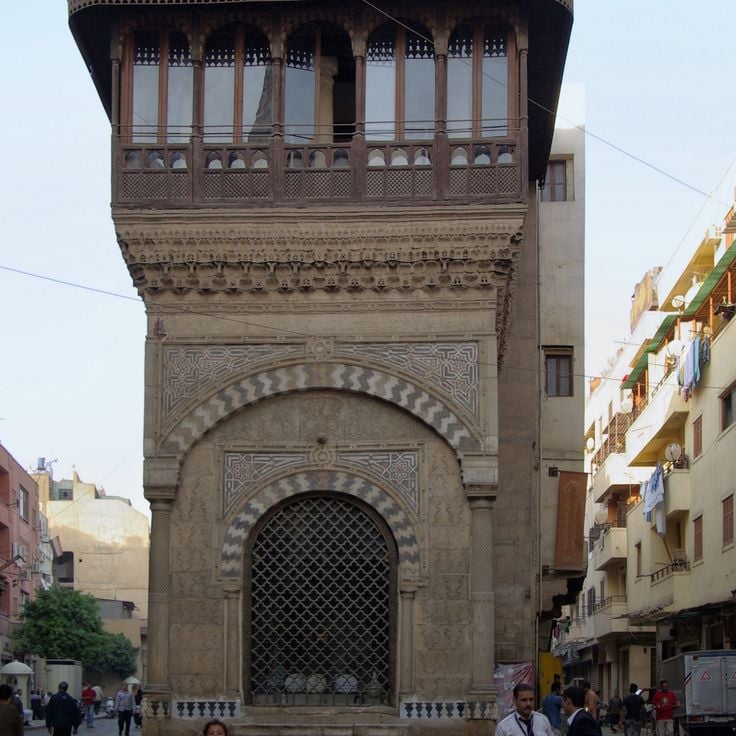
Cairo, Egypt
The Sabil-Kuttab of Katkhuda is an 18th-century Ottoman structure that served as a free water distribution point on the ground floor and housed a Quranic school on the upper floor.
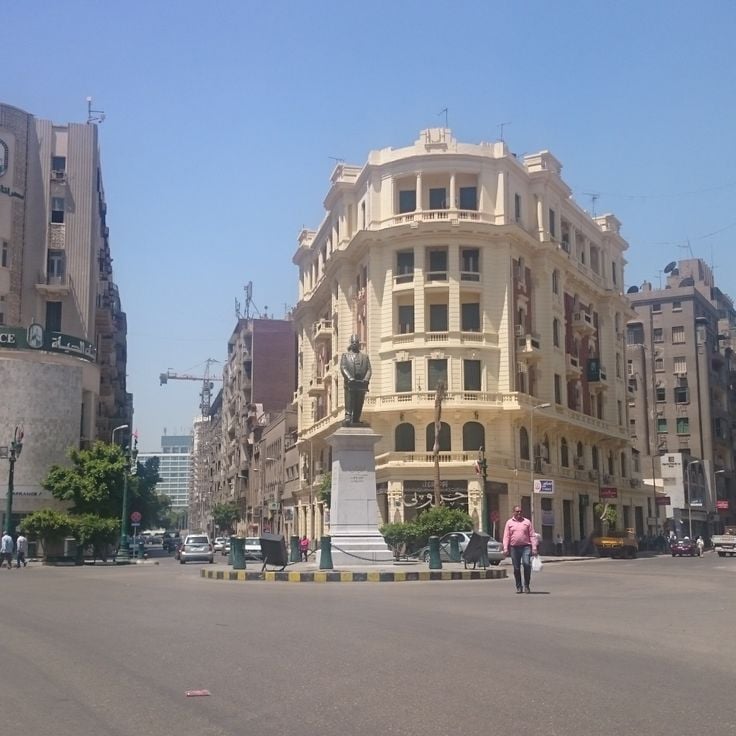
Cairo, Egypt
Talaat Harb Square was developed in the early 20th century and displays architecture of French influence with tall columns and stone ornaments on the facades of surrounding buildings. The square is located in the center of the modern city and serves as a hub for commerce and public transport.
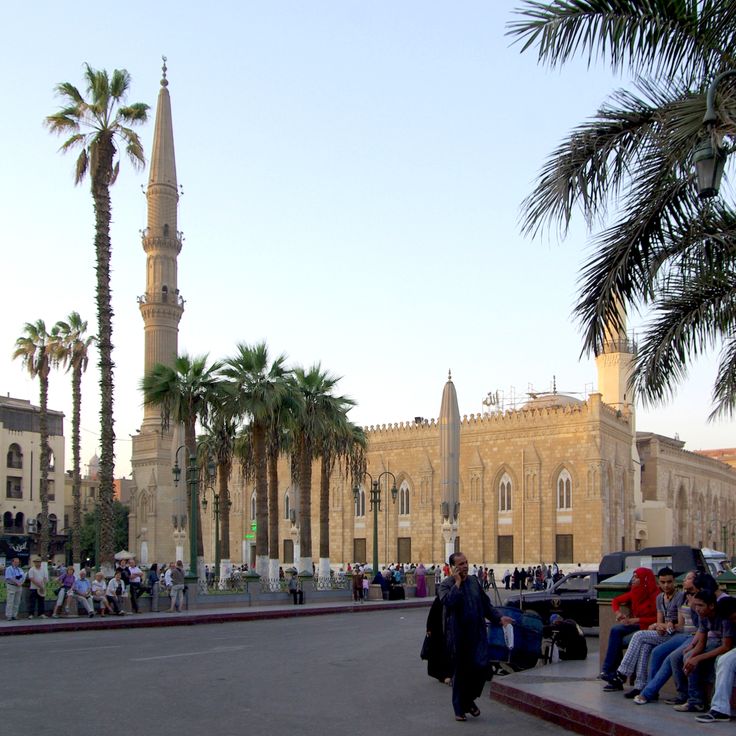
Cairo, Egypt
The Al-Hussein Mosque, built in the 12th century, houses Islamic artworks and serves as an important pilgrimage site for Muslims. The sanctuary takes its name from Hussein ibn Ali, grandson of the Prophet Muhammad, whose head is believed to be preserved in this monument. The current building is the result of successive reconstructions, particularly under the Fatimid and Mamluk dynasties, which enhanced its architectural structure.

Cairo, Egypt
The Ibn Tulun Mosque dates from the 9th century and stands out for its Abbasid architectural plan. This mosque features pointed arch arcades around a central courtyard, finely carved stucco ornaments and geometric patterns on the wall surfaces. Its spiral minaret rises on a square base and reproduces the style of Mesopotamian ziggurats.

Cairo, Egypt
This Coptic church from the 3rd century stands on two fortress towers and contains 29 columns inside.
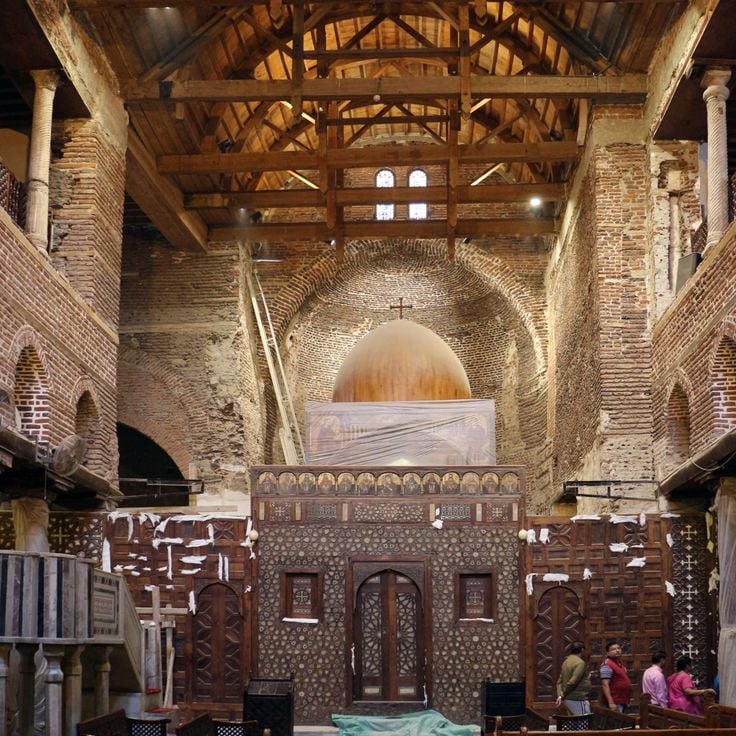
Cairo, Egypt
This fourth-century church sits below street level in the Coptic quarter of Old Cairo. The structure features three naves supported by twelve marble columns. According to tradition, the Holy Family took refuge at this location during their flight to Egypt. The crypt beneath the sanctuary marks the presumed site of their stay. The building has undergone several restorations while maintaining its early Christian architecture.

Citadel, Cairo, Egypt
The Al-Nasir Muhammad Mosque features a large courtyard surrounded by arcades supported by columns from different historical periods. Built in the early 14th century within the Cairo Citadel, this Mamluk mosque reflects the reign of Sultan al-Nasir Muhammad ibn Qalawun. The reused columns originate from Pharaonic, Roman and Byzantine monuments, demonstrating the practice of architectural spolia.
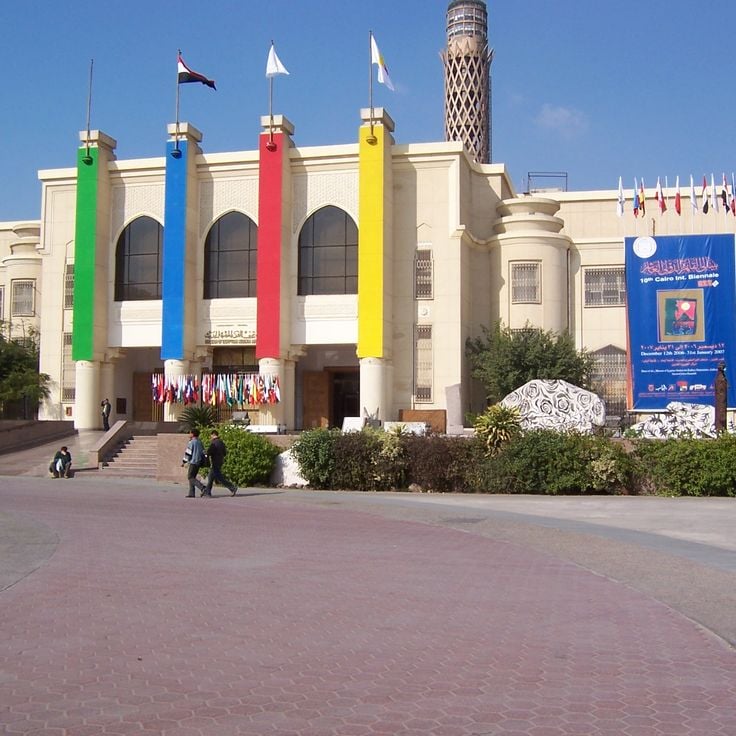
Gezira, Cairo, Egypt
The museum houses over 10,000 works by Egyptian artists from the 20th and 21st centuries. The collection documents the evolution of modern Egyptian art through paintings, sculptures and graphic works. Located on Gezira Island in the Opera district, the museum displays pieces by notable artists such as Mahmoud Said, Abdel Hadi El-Gazzar and Gazbia Sirry.
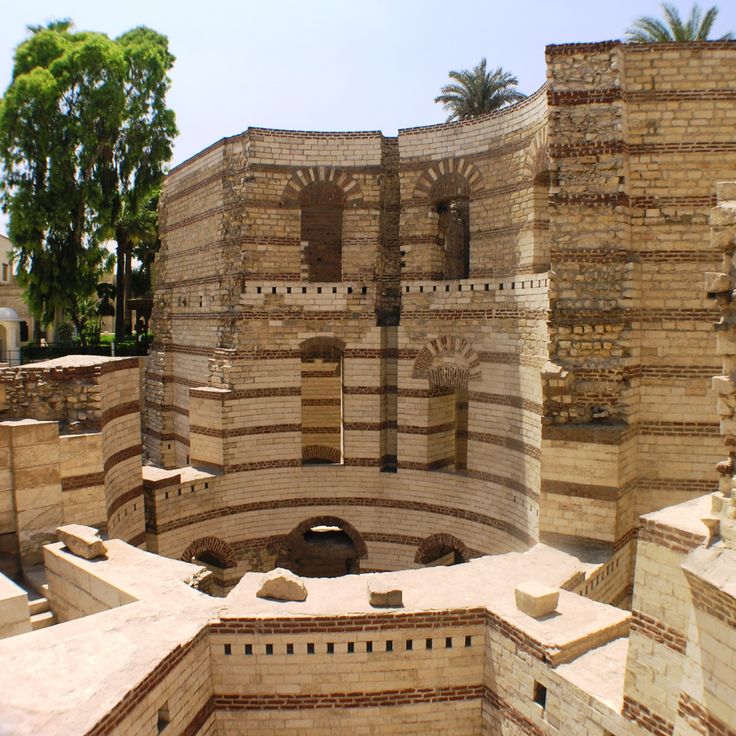
Old Cairo, Egypt
The Fortress of Babylon was built in the 6th century by Roman legions as a military base. This fortified complex formed a strategic defensive position along the Nile and served to control trade routes between Egypt and the Roman Empire. Today, portions of the massive stone walls and towers remain, integrated into the Coptic quarter of Old Cairo.